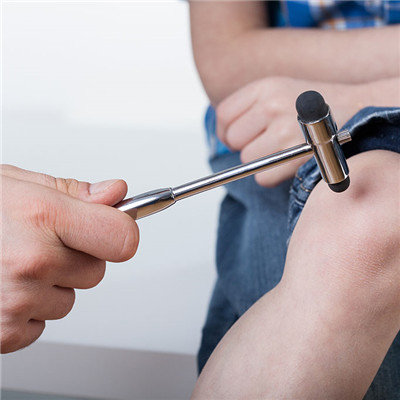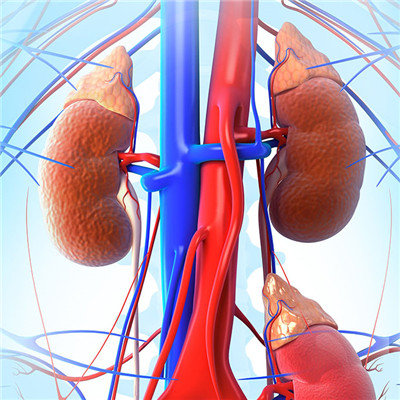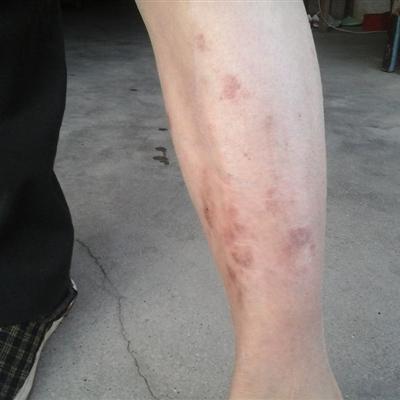5p symptoms and management of arterial embolism?
summary
Acute arterial embolism refers to the embolus coming from the heart, proximal artery wall, or other sources rushing into and embolizing the distal branch artery with smaller diameter with arterial blood flow, and then causing ischemic necrosis of organs or limbs supplied by this artery. More common in the lower limbs, severe cases will eventually lead to amputation. 5p symptoms and management of arterial embolism? Let's talk about it
5p symptoms and management of arterial embolism?
Most of the patients with acute arterial embolism complain of severe pain in the affected limb. The location of the pain mainly depends on the location of the embolism. Generally, the pain in the affected limb is far away from the acute arterial embolism, and the pain intensifies during the activity. With the formation and extension of secondary thrombosis, the pain plane can develop to the proximal.

Because the nerve tissue is very sensitive to ischemia, the sensory and motor disorders of the affected limb appear in the early stage of acute arterial embolism. There is a sock shaped sensory loss area in the distal end of the affected limb, a hypoesthesia area in the proximal end, and a hypersensitivity area in the proximal end. The level of hypoesthesia area is lower than that of arterial embolism.

There are muscle weakness, paralysis and different degrees of hand foot drop in the affected limb. When muscle necrosis finally appears and motor function is completely lost, it indicates that the affected limb is about to change irreversibly.

matters needing attention
Thrombolytic therapy at present, interventional catheter-based thrombolysis is the main means of thrombolytic therapy. Catheter based thrombolysis is effective within 14 days after the occurrence of embolism. Compared with surgical treatment, it can dissolve thrombus in small artery, gradually open collateral, reduce ischemia-reperfusion injury, and has less trauma.












